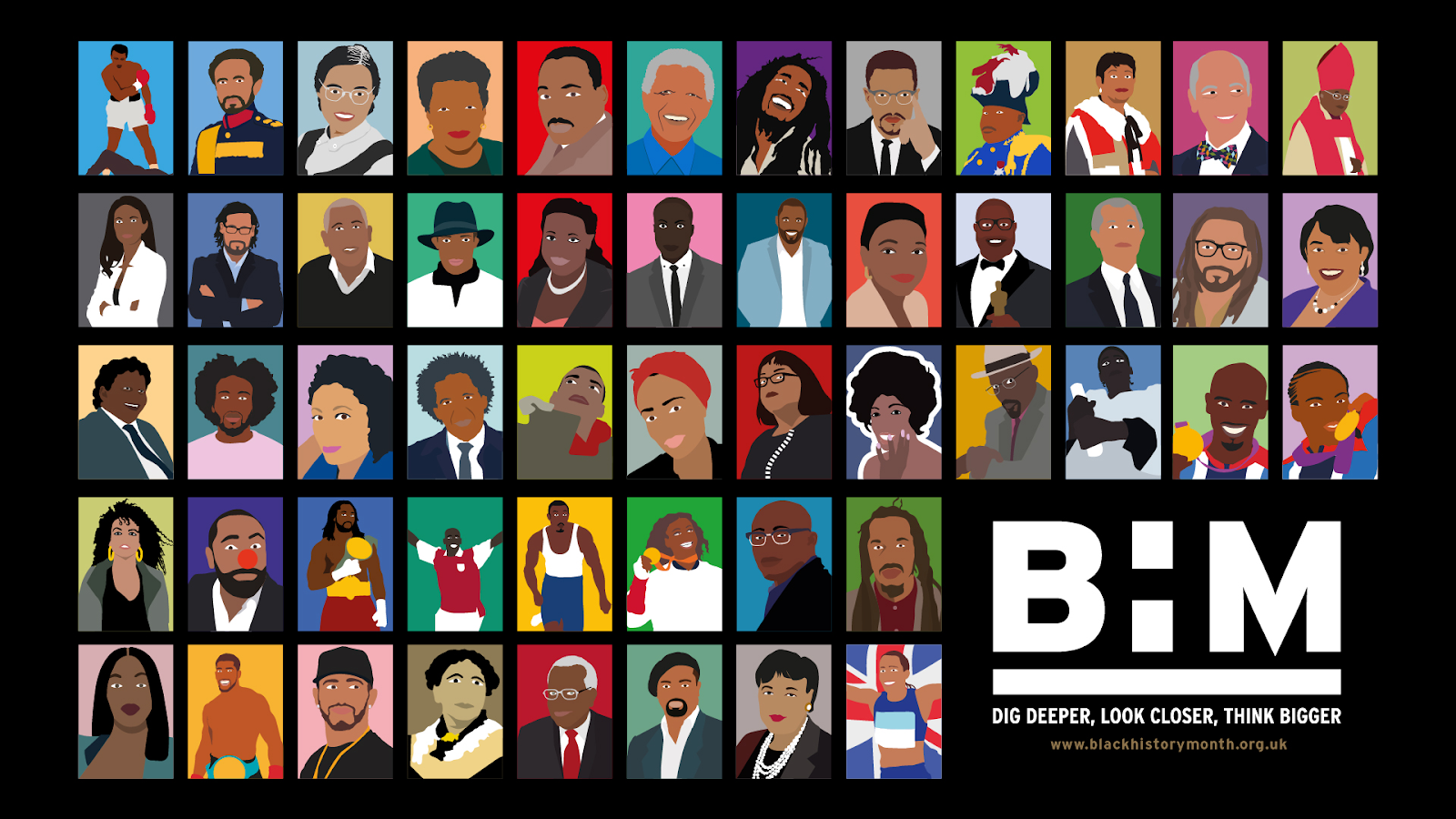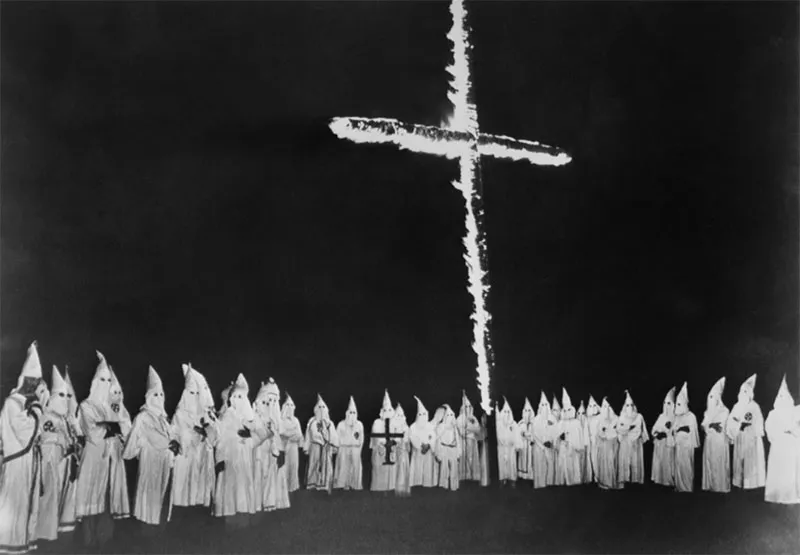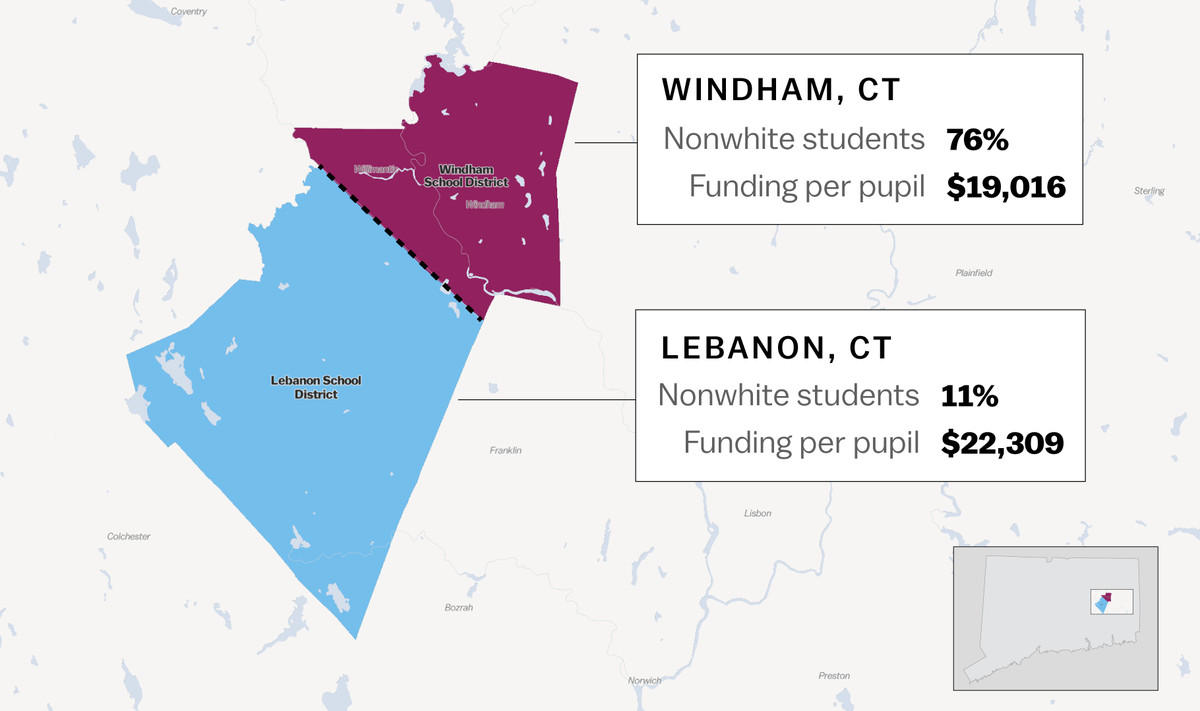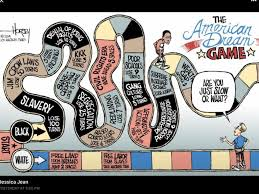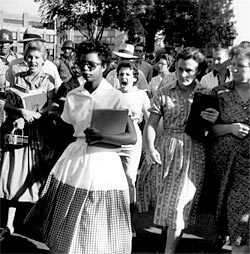During
this semester we were able to go over various cases and periods of time
starting with State v Mann in the De Facto Slavery era going into the De Jure
Slavery era and we ended with Board v Bakke in the Civil rights era. Throughout
the class, we were forced to argue from different perspectives despite these
aspects being uncomfortable for some and natural for others. However, in my
opinion, the main themes in this class were the difference in perspective and
the legal fight for rights. This trend continues during our final discussion
within the class about the era we are in currently.
During the discussion, for the most part, we were able to agree on the fact that is hard to name the era we are currently in since for the most part, this is the only era we have truly lived through, however, we had the same understanding that social media would play a big role in this era as time continues. While the big picture was easy to agree on it was interesting to hear the difference in perspective and opinion on certain subjects such as the Britney Grinder case, BLM, and the perspective of minorities in America’s society.
The first major point was BLM, to my understanding Black
Lives Matter was a statement or a simple fact of life and this was general
information to most people. However, I was surprised to learn that BLM was heavily
associated with an organization in the minds of others, and with the discovery
of this organization being a fraud came the end of the BLM movement. In my
perspective, the BLM movement can never end because it has been a consistent fight
and fact of life since slavery, and it gets pushed to the forefront during
certain cases. For example, in the Rodney King case in 1992 we saw somewhat
similar riots and protests to the BLM movement. BLM has always been around
because in the eyes of America Black Lives are negotiable.
The most controversial opinion was the certain privileges
that each group of people possesses based on their gender, race, and sexuality.
While I can by no means speak on the belief that other groups than mine have privileges since that would be inconsiderate and groundless due to me having no idea about
the experience of other minorities.
It is perceived that black privileges include community, culture, and athleticism. Yet I don’t see these necessarily as privileges because they are not advantages or entitlement by any means. Not every black person is blessed with athleticism instead this is a stereotype put on black people, even famous athletes such as Serena Williams or Lebron James must constantly prove themselves because black girls aren’t supposed to play tennis and basketball players should only “shut up and dribble”. Our culture is considered “hood” or “ghetto” until it becomes popular enough to steal and change as others see fit. Finally, community, we have no other choice but to form a strong community if we want to be able to stand a chance against constant brutality and oppression.
On the outside looking in these might seem like privileges however these are a few of the results of the true resilience, determination, and persistence of Black people. In my opinion, I find it hard to understand the privileges that black people may have when we are still fighting to have basic freedoms that are given to others at birth as we constantly discussed in this class. By no means does this go to say we are a tragedy or charity case because we are a group of people with an astonishing number of achievements and perseverance. However, I do believe that from the outside looking in we as a people carry our burdens with an unbelievable amount of stride achievements such as community, culture, and athleticism that are built from hard work and can seem like privileges to others.
In conclusion, these
perspectives come from what we surround ourselves with and who we choose to
listen to. Currently, with the rise of social media and the 2 years of forced
separation, we have been fed by an algorithm that only shows us our own
opinion. Therefore we no longer see the middleman because we don’t understand
or care to listen to the opinion of people that these things directly affect.
If it doesn’t affect you, you will never understand the big picture and be
constantly stuck in a bubble of your ideals. While this is the goal of social
media because our ideals are comfortable and favorable it is imperative to seek
out and truly listen to the opinions of people that are affected by different
hardships than you because that is where we gain compassion and where we find
our middleman once again. With this
information in mind, my perspective of this era is the social media bubble.
( Above I've included a song by Solange Knowles from her album A Seat at the Table that I feel greatly details the emotions and experience of being African American in today's society since music was another big aspect of this class.)




